
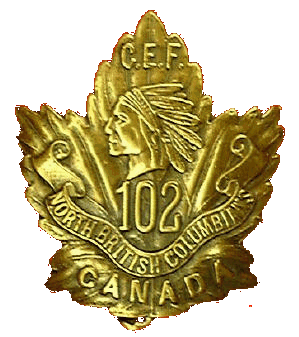

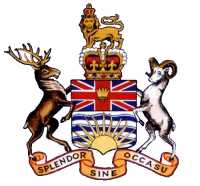



The Story of the 102nd Canadian Infantry Battalion
From BC to Baisieux by Sgt Leonard McLeod Gould HQ 102nd Canadians WW1







The Story of the 102nd Canadian Infantry Battalion
From BC to Baisieux by Sgt Leonard McLeod Gould HQ 102nd Canadians WW1
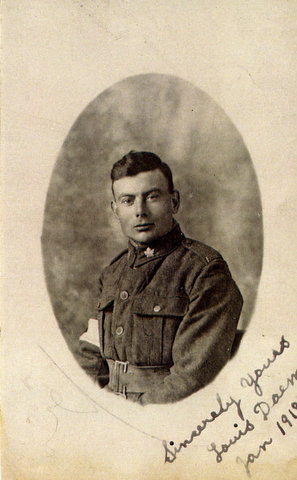 On
November 3, 1918. Almost 99
years ago near Marly France, a
short ways from Valenciennes,
my great-great uncle Louis was being moved in a horse drawn ambulance from 1
Canadian Casualty Clearing Station to 42 Casualty Clearing Station in France. He
had been hit by shrapnel from an exploding shell (or possibly machine gun
bullets - trying to determine this still) in both legs and his right arm. The
Canadian Army Medical Corps
were doing a great job evacuating him, and a few days later he would arrive in
London.
On
November 3, 1918. Almost 99
years ago near Marly France, a
short ways from Valenciennes,
my great-great uncle Louis was being moved in a horse drawn ambulance from 1
Canadian Casualty Clearing Station to 42 Casualty Clearing Station in France. He
had been hit by shrapnel from an exploding shell (or possibly machine gun
bullets - trying to determine this still) in both legs and his right arm. The
Canadian Army Medical Corps
were doing a great job evacuating him, and a few days later he would arrive in
London.
When he arrived at the
hospital in London on November 7th, the admitting
doctor noted he was "very shell shocked" and septic.
On November 11th, the war
ended.
On November 14th, they
amputated his right leg.
On December 6th his
condition further deteriorated, and on December 9th they amputated his left leg
below the thigh. He died that same day.
This is one reason I
wear a poppy in the week of
November 11. To pay respect to family and strangers alike who served
and some of whom died in the service of our great country. Lest we forget.
Later in the story we find Louis Daem was sick during the time of the Battle of Vimy Ridge at St Omer
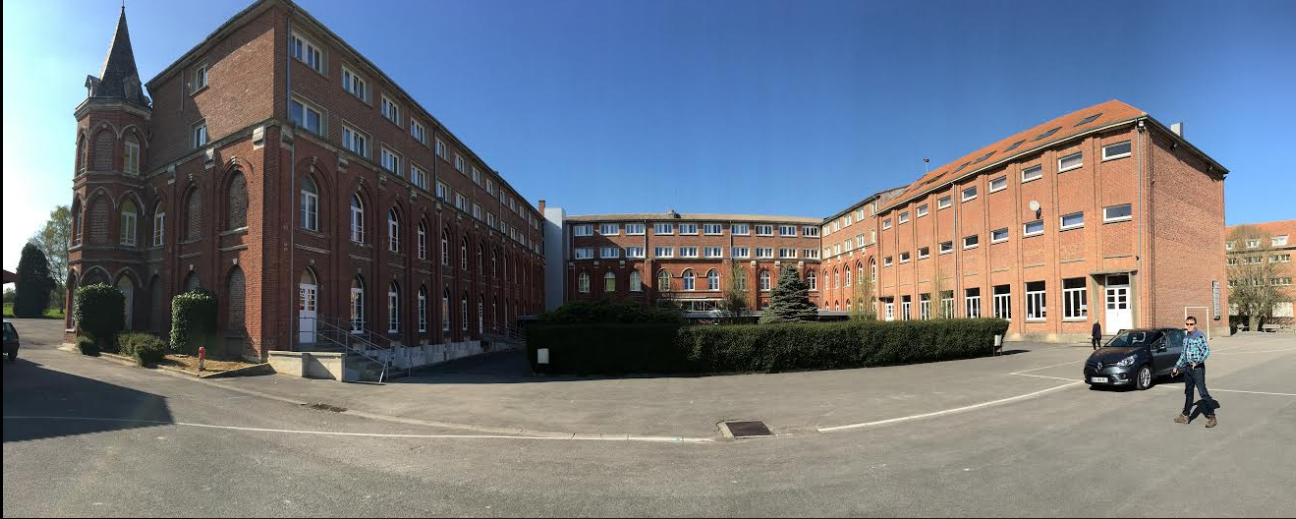
Despite all that - Louis Daem has a very intersting service record.
What you see below is his annotated records based on his service file from the Canadian National Archives which you can read here at the LINK
Key dates of Louis Daem is distinguished by over laying Louis's movements and the activities that were going on around him
We can see when he joined the Canadian Expeditionary Force as a volunteer from Revelstoke BC Canada.
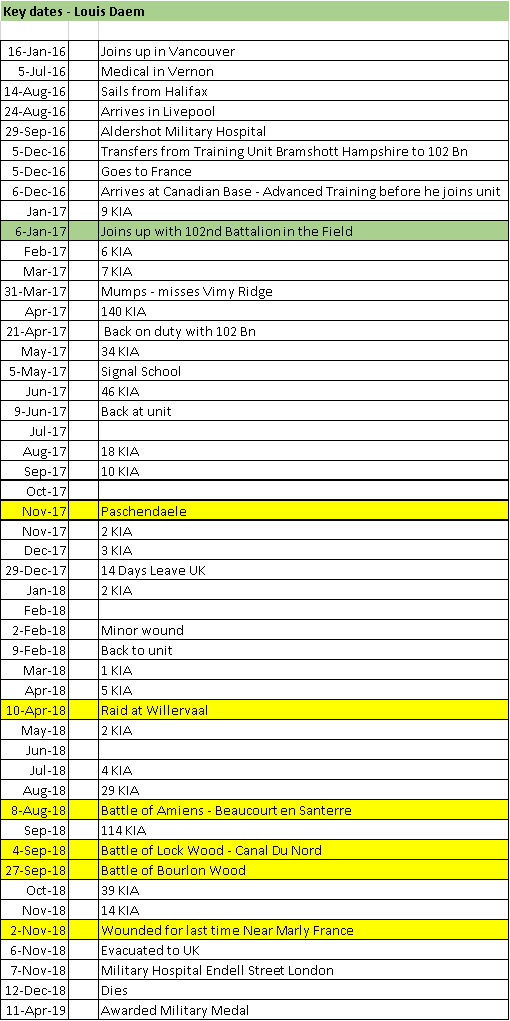 What you are looking at to the left is the rec ord of Louis Daem contrasted to
the action that was going on around him. The Yellow HIghlights indicate major
battles while the remainder show the monthly totals of soldiers killed in action
as they stood duty all along the Vimy front lines and to the north in
Passchendale Belgium. Its a remarkable viewpoint because it shows the low
casualties of the 102nd Battalion were in contrast to intensive actions that are
shown in Yellow.
What you are looking at to the left is the rec ord of Louis Daem contrasted to
the action that was going on around him. The Yellow HIghlights indicate major
battles while the remainder show the monthly totals of soldiers killed in action
as they stood duty all along the Vimy front lines and to the north in
Passchendale Belgium. Its a remarkable viewpoint because it shows the low
casualties of the 102nd Battalion were in contrast to intensive actions that are
shown in Yellow.
The intent of the web page for Louis Daem is to show you the long term nature of his service and that of his fellow 102nd Battalion soldiers who, were there until it as over as compared to our concepts of soldier employment today in far flung conflicts like Afgahanistan or Bosnia where the soldier in a Canadian Army unit will typically serve six months in the danger zone where random bombs and fighting are just as dangerous as they were in 1917 - 1918 when Louis Daem served almost 2 years exposed to injury or death.
Despite the risks to life and limb, Louis Daem is an excellent example because he was ain a number of battles in which the 102nd Battalion were active participants and we present these wit a brief synopsis and show you where on the ground he served and helped drive back an enemy every bit as committed to staying in France as the Canadians and French were to sending him back to Germany.
The first thing we notice is it took the military training system eight months from the time he signed on to his voyage from Halifax in mid August 1916.
His training was conducted in Bramshott Hampshire England and this was a busy training base throughout the war. Here the soldiers took part in a long and well thought out program to give them basic military training and prepare them for more advanced instruction when they went across the channel before they went to their assigned units in the field.
In early December 1916 he arrived at the Canadian Base on the west coast of France wher he attend battle training. The base and locations are shown below at Etaples France.
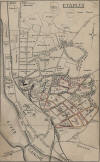 A
full account is at this link. The training
locations are at the top of the map.
A
full account is at this link. The training
locations are at the top of the map.
 Etaples
was also the site of a complex of medical hospitals were wounded soldiers were
treated and returned to duty or evacuated back to England for more serious
cases.
Etaples
was also the site of a complex of medical hospitals were wounded soldiers were
treated and returned to duty or evacuated back to England for more serious
cases.
![]() Etaples
is about 55 miles from Vimy
Etaples
is about 55 miles from Vimy
BATTLE LOCATIONS
Below you will find battle locations of activities Louis Daem is assumed to have been present at. We say assumed as if he wasn't sick as per his service record - then he would have had a part in the action.
Louis's Unit went to Passchendale where the were in a mainly Labour Role - they carried supplies and wood for walkways so the soldiers could go back and forth without having to go through the mud.
There are several pictures at the attached link describing where the 102nd Battalion was deployed in Passchendael here
Here are two images which show you the main locations 102nd Battalion was in
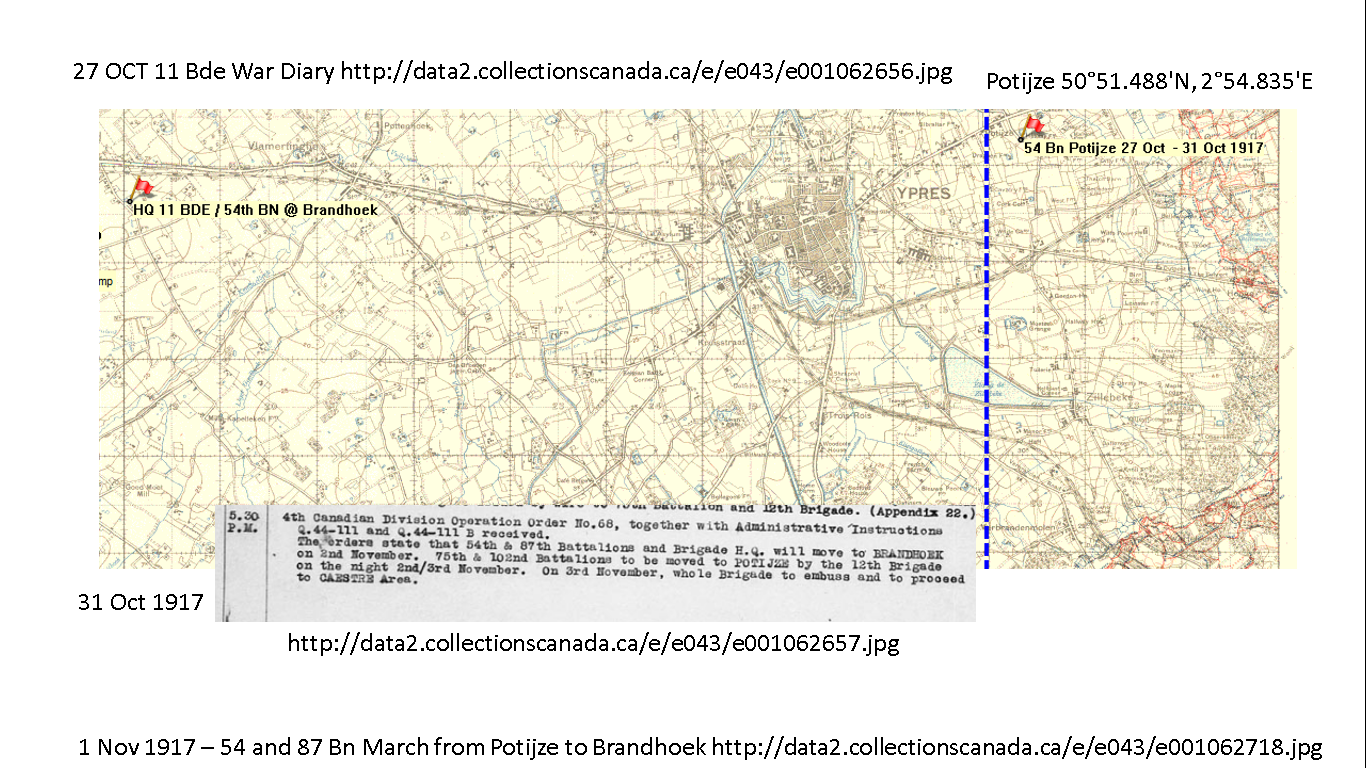
and
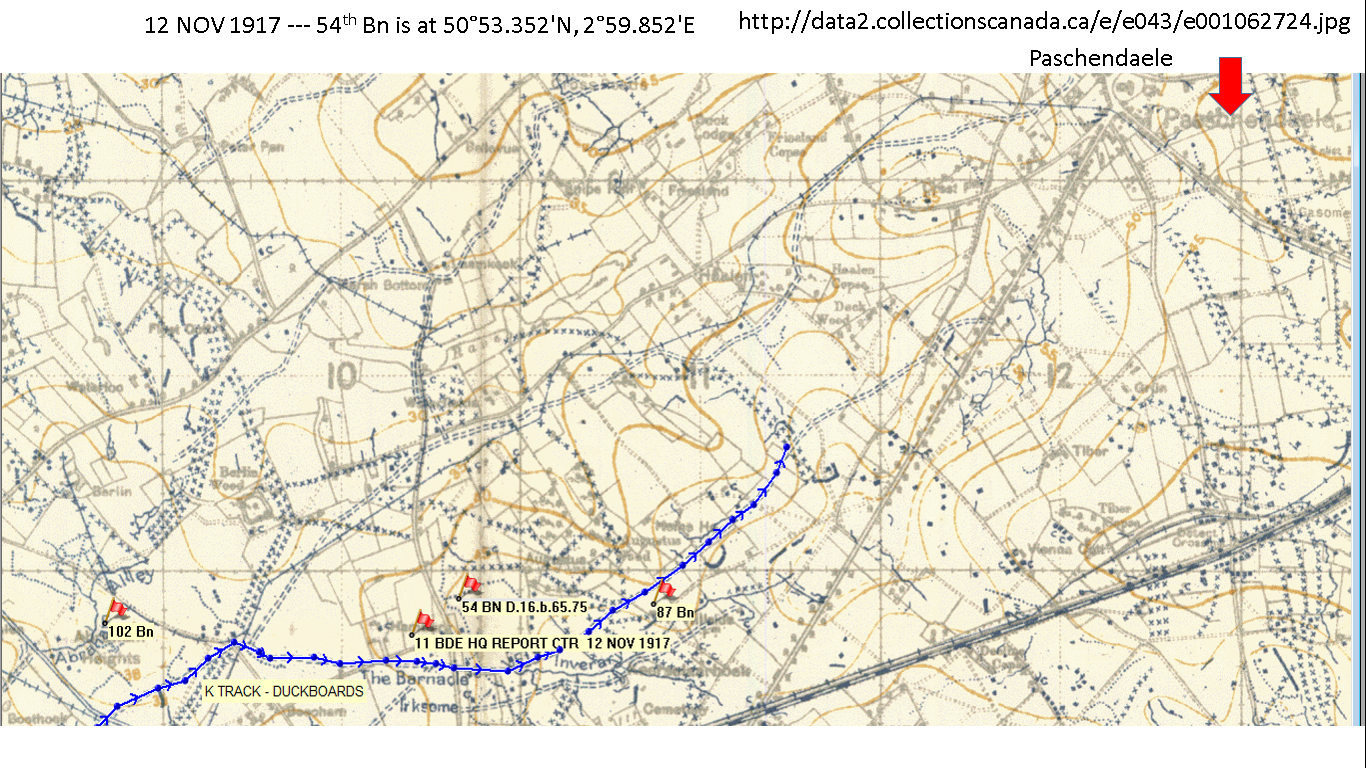
102nd Battalion was at two locations in dug in positions as shown at this image below
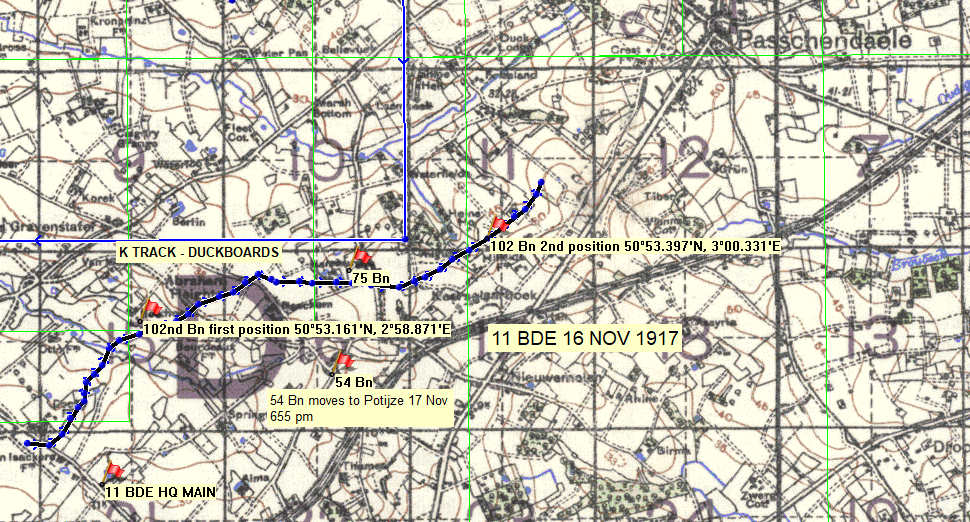
The Raid at Willervaal 10 April 1918
is discussed at the link here on the page remembering Hamilton Tiger Cats Grey Cup Team Member George Ireland
who was the Grandfather of NHL luminary Pat Quinn of the Toronto Maple Leafs and Vancouver Canucks
Louis Daem with the 121st Battalion before he went to UK and France
.jpg)
Louis Daem's Platoon in Vancouver - Biographies by Morgan Brewster July 2017

We Remember - Louis Daem
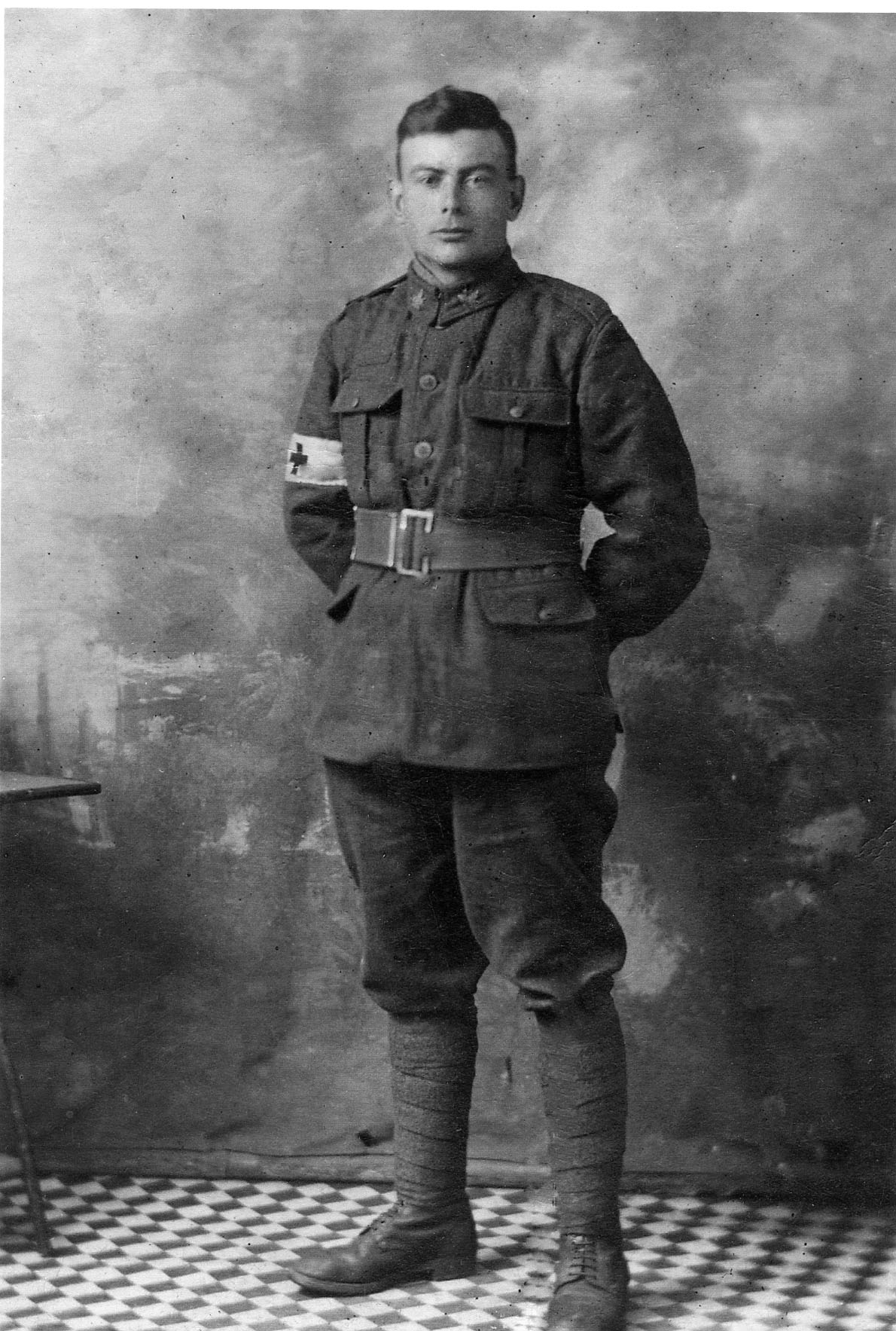
BATTLE HONOURS
"SOMME, 1916", "Ancre Heights", "Ancre, 1916", "ARRAS, 1917, 18", "VIMY, 1917", "Hill 70", ", 1917", "PASSCHENDAELE", "AMIENS", "Scarpe, 1918", "Drocourt-Queant", "HINDENBURG LINE", "CANAL du NORD", "VALENCIENNES", "France and Flanders, 1916-18".
Be sure and visit the 102nd Battalion`s Sister Unit - the 54th Kootenay Battalion
Visit the 21st Battalion from Eastern Ontario